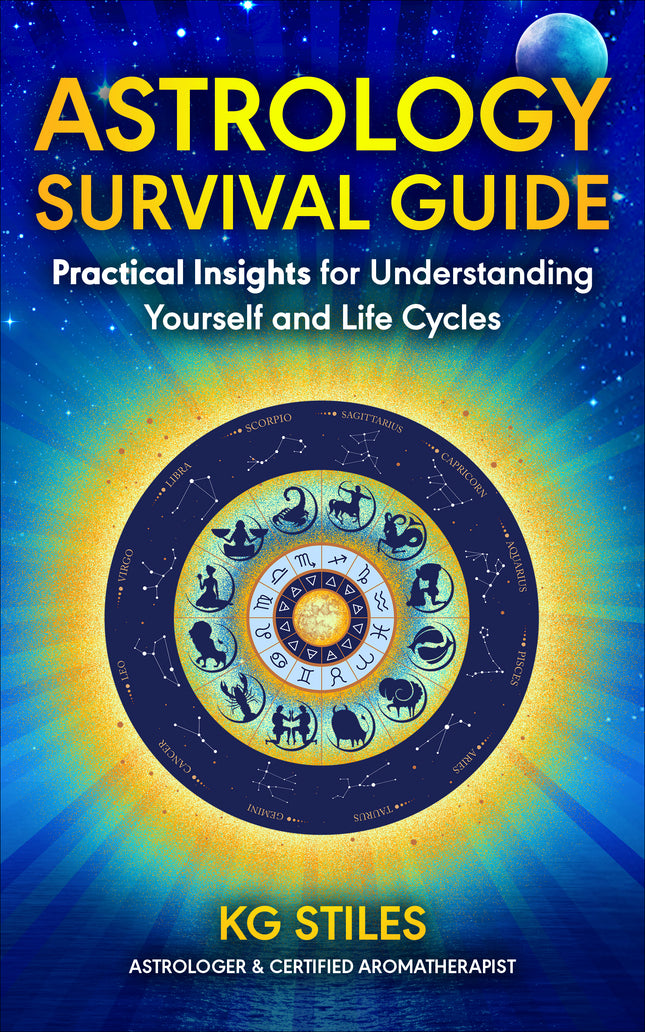 Based on their distinguishing qualities, each of the 12 chemical families can be divided into 12 Archetypes and their characteristic Elemental Powers.
Based on their distinguishing qualities, each of the 12 chemical families can be divided into 12 Archetypes and their characteristic Elemental Powers.
These 12 archetypes, and their chemical families, tell us about the therapeutic properties, actions and effects of essential oils.
You can select essential oils to use alone, or in a formulation, to promote healing for specific conditions, based on their specific archetype and therapeutic chemical properties, actions and effects.
PLEASE NOTE: Depending upon the percentage(s) of a chemical component that comprises an oil, it can be classed in more than one chemical family.
Ketone - Archetype: The Service Workers
ELEMENTAL POWER
Can Do
KETONE PROPERTIES
Menthone, carvone, camphor, and p-vetivone are some of the characteristic components of ketone containing essential oils.
Essential oils containing a significant percentage of ketones are especially valuable for respiratory infections and are effective mucolytic and expectorant agents.
Menthone - a monoterpene ketone, menthone is a constituent of the essential oils of peppermint and spearmint, among others. Structurally menthone is related to menthol. Its characteristic aroma is minty and fresh.
Carvone - a terpene ketone, carvone is an important monoterpene ketone for the flavor industry. L-carvone, has a sweetish minty smell, like spearmint leaves. While D-carvone is the main component of caraway oil and dill, and has an aroma resembling these herbs.
Camphor - A bicyclic monoterpene ketone, camphor is found widely in plants and contained in Peppermint, Blue Yarrow, Rosemary, among others. Its characteristic aroma is camphoraceous.
p-vetivone - another terpene ketone, p-vetivone is one of the major constituents in vetiver oil that gives it its characteristic aroma. The scent of vetiver is sweet, smooth, delicate, mysterious, woody, rich and deep.
Ketones and aldehydes are similar in that both contain carbonyl groups. A carbonyl group is composed of a carbon atom double-bonded to an oxygen atom: C=O
The carbonyl carbon is connected to C or H atoms on either side.
An aldehyde has one or both vacancies of the carbonyl carbon group satisfied by an H atom, while a ketone has both its vacancies satisfied by carbon.
So, if there’s a hydrogen atom attached to one or both side of the carbonyl group it’s an aldehyde. The hydrogen atom makes for instability and rapid oxidation of an aldehyde essential oil. Find out more about, ‘The Cleaners of Aromatherapy - Aldehydes.’
Whereas, ketone containing oils are relatively stable and not easily oxidized.
A broad systemic review of studies that have been conducted on Rosemary (Rosmarinus officinalis) was assessed. The study was intended to promote the development and expansion of plant based medicine (PBM). Since 1990 more than 286 studies have been published on Rosemary’s pharmacological activity.
The study reported that only about 10% of 250,000 species of plants worldwide have been scientifically studied with potential use in healthcare. An estimated 60,000 of those species will probably become extinct by the year of 2050.
The study concluded, "R. officinalis has a promising future in the medical field, especially in the treatment and prevention of various cancers, infectious diseases and increasingly emerging diseases such as depression, Alzheimer's and Parkinson's diseases."
Ketone Actions & Effects
Anti-oxidant - inhibits potentially damaging oxidation.
Anti-infectious - controls, inhibits spread of infections.
Cicatrizant - skin healing and regenerating skin regeneration, wound healing and reducing old scar tissue such as in wounds, stretch marks and adhesions.
Digestive - aids, promotes digestion.
Expectorant - promotes secretion of mucous from air passageways, used to treat coughs.
Mucolytic - dissolves mucous, especially respiratory and uro-genital
Lipolytic - breaks down fats.
Stimulant (in large amounts) - quickens the physiological functions of the body, temporarily increases body or organ function, good for convalescence, poor circulation, listlessness, physical fatigue.
Tonic - invigorating, giving feeling of well being.
Sedative - promotes calm, induces sleep.
Analgesic (some are) - pain reliever.
Anti-coagulant (some are) - inhibits blood clotting.
Essential Oils in this class include:
Preferred distillation method, part of plant used, and some of best locations for production.
HYSSOP - (Hyssopus officinalis), steam distilled whole plant, Bulgaria.
ROSEMARY ct. CAMPHOR (Rosmarinus officinalis), steam distilled leaf, Spain.
ROSEMARY ct. VERBENON (Rosmarinus officinalis), steam distilled leaf, Corsica & Italy.
SPEARMINT - (Mentha x spicata), steam distilled flowering herb, USA.
PEPPERMINT - (Mentha x piperita), steam distilled flower tops, USA.
TANSY, BLUE - (Tanacetum annum), steam distilled flowering tops, Morocco.
YARROW, BLUE - (Achillea millefolium), steam distilled flowers, Bulgaria.
DILL OIL - (Anethum graveolens), steam distilled seed, India.
CARRAWAY - (Carum carvi), steam distilled seed, Egypt.
SPIKE LAVENDER - (Lavandula latifolia), steam distilled flowers, Spain & France.
CAUTION: Neurotoxic. Short-term use of low dilutions of 1% or less are considered safe. Essential oils high in ketones need to be used with care in pregnancy. Please check each essential oil for more specific safety cautions.
READ first article in this series, Aromatherapy Archetypes - 12 Natural Healers - The Male Athlete.





Leave a comment